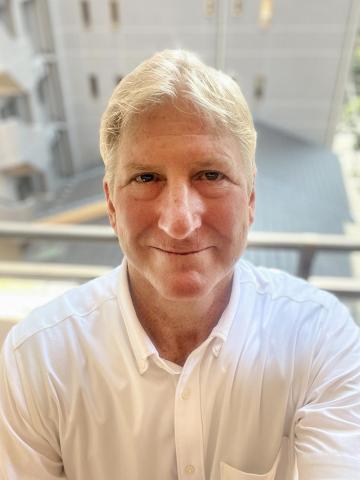
Dear members,
Oscar Wilde’s novel, The Picture of Dorian Gray,’ centers on a man’s pursuit of eternal youth. It’s an intoxicating quest that ends horribly.
The FCCJ has come to covet youth as well. We’ve made it easier than ever for people under 40 to join and have held special events specifically aimed at recruiting them.
Yet our membership keeps getting older. We’re often told that this bodes poorly for the future. We need more young members, goes the conventional wisdom. There’s no denying that we must get more people to join. But there are good reasons to doubt that they must be younger. There is both evidence and logic that says older members enrich the club with their experience and are often well-positioned to use and enjoy it. It’s also a fact that the pool of likely potential members skews older.
The numerical advantage of over-50 members and the essential roles they play are among the takeaways from the 2023 Membership Satisfaction Survey. HR department leader Toshiko Kawanami worked with HR Committee co-chairs Ilgin Yorulmaz and Lyle Andrews to use this questionnaire to learn more about how the club’s staff was performing in serving members. We also wanted to know more about how members use and perceive the club. Much of what we learned was positive, as expected, but one surprise was just how involved long-time and older members are in the club.
The questionnaire’s broadest gauge of who’s involved with the club lies in who responded to it. While about 10% of members answered, slightly more than half of all respondents were in their 60s or 70s. This isn’t a complete surprise, given what we know about Japan’s demographics. But when we then cross-reference the ages of respondents with rates of club usage, we find that these older members are participating at the same or higher rates. Half of survey participants in their 30s said they used the club three to five times a week. That amounts to three respondents. About 15% in their 60s said they used the club that often, which works out to about four people. Among the four respondents in their 90s, one uses the club three to five times a week, while two more use it at least several times a month.
The results also show most older members are having positive interactions with FCCJ staff. More than half of members in the 50s, 60s and 70s – almost three quarters of all respondents – said the “strongly agreed” with the statement: “FCCJ staff are always cheerful, polite and make me feel welcome.’’ All of the respondents in their 90s said they found the service and support they received in the library helpful, while close to 100% of those in their 80s said it was either helpful or very helpful. This compares with about 78% of those in their 30s, about 60% of those in their 50s respondents and 65% of those in their 60s.
Cranky American commentor P.J. O’Rourke titled one of his books Age and Guile Beat Youth, Innocence, and a Bad Haircut. He might have been onto something more than a laugh.
It shouldn’t be a surprise that the club’s past is so important to its present and future. They say journalism is the first draft of history. The club makes that plain. Any visitor can see the artifacts lining the walls of the entrance hall. But more than these photos, cameras, recorders, typewriters and laptops, there are the long-time members and the bits of history – large and small – they embody. This is the real heart of the club and nothing we do to draw new members or secure the future should fail to recognize. More importantly, we should use it to our advantage.
But wait, there’s more:
The survey by Kawanami-san and crew includes many more interesting and important insights about how members see and use the club. Full results can be viewed here.
New committee chairperson assignments are almost completed. There are many active, engaged leaders who are continuing and many new faces as well, along with some new ad hoc committees. Please have a look at the new list here.
Dave McCombs
President

